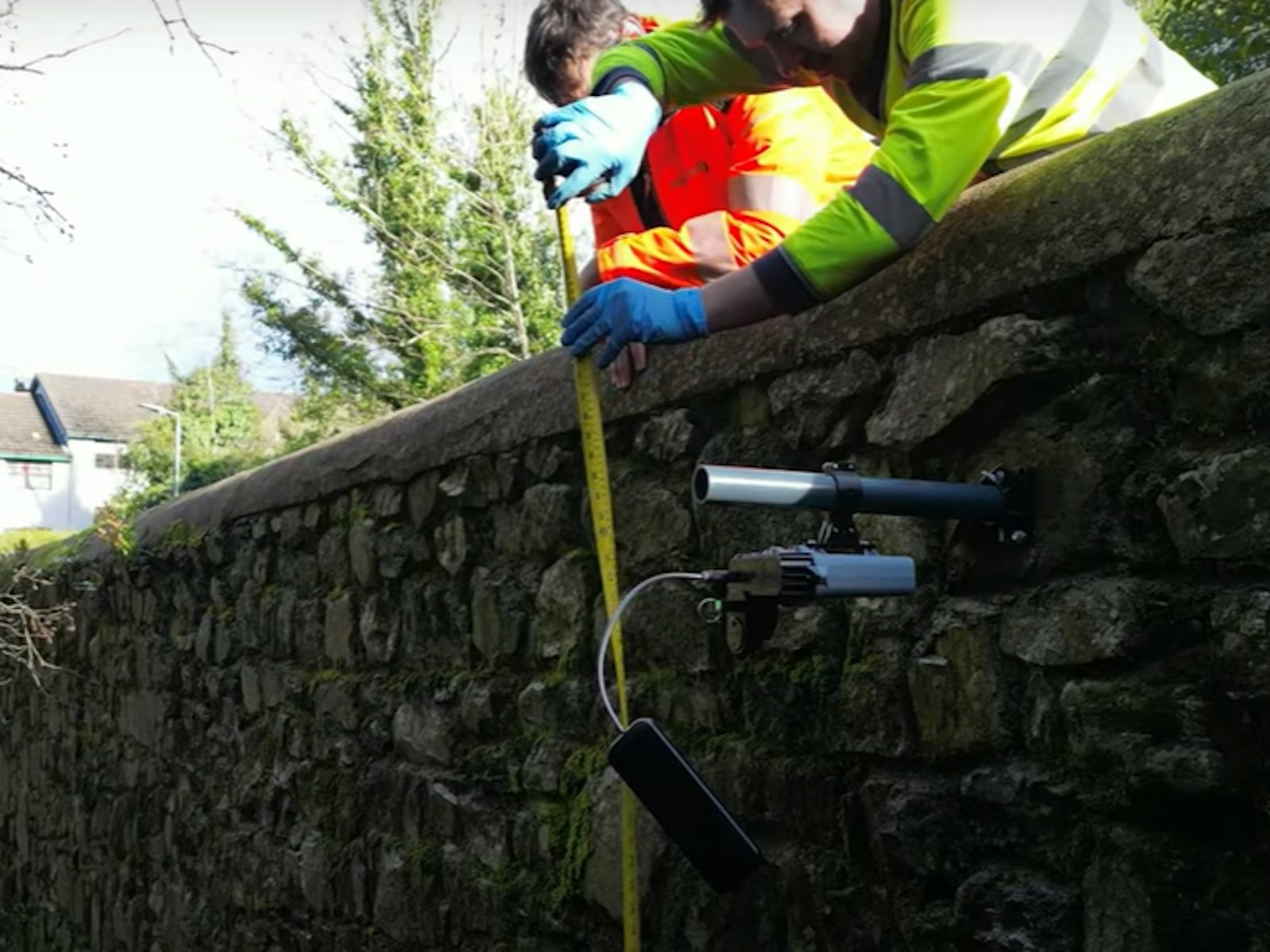Combining sewer and stormwater insights to better understand performance and risks to Northern Ireland Water’s wastewater network
Previsico and UDlive have delivered AI-informed sewage network prediction software to Northern Ireland Water, funded by a Small Business Research Initiative (SBRI) competition.

- 85'finds' identified
- 100%Confidence in our solution
Previsico were able to locate areas of infiltration and ingress (I&I) before devices even went into the ground… I couldn’t believe it. I opened a manhole and there was I&I there.

The problem
Extreme weather, growing populations, increased development, ageing infrastructure, and stricter regulations pressure water companies to manage sewer networks and prevent overflows. A principal challenge for water companies like Northern Ireland Water is limited capacity at sewage treatment works, causing excess sewage to be diverted into storage tanks and spilled into the environment.
In November 2021, England’s Environment Agency announced an urgent investigation into 2,480 sewage treatment catchments and outlined potential prosecutions for those polluting the wastewater networks. Network balancing is crucial to avoid catchment level overflows, requiring a proactive, predictive approach to minimize environmental impacts. DEFRA (UK’s Department for Environment, Food and Rural Affairs) estimates that $4.4billion is set to be spent investing in storm overflow improvements over the next few years.

The solution
Previsico and UDlive developed AI-informed sewage network prediction software for Northern Ireland Water as part of a Small Business Research Initiative (SBRI) funded by the Department for Economy. The solution was successfully trialled in Ballymoney and Newry, where development has been constrained , including the construction of over 19,000 new homes, due to limited wastewater capacity.
This solution surpasses existing flood or blockage models, enabling operators to identify network weaknesses quickly and at scale. It also helps predict network performance under stressors like storm water flooding, a major contributor to Inflow and Infiltration (I&I), which significantly reduces network capacity.
Benefits
Northern Ireland Water by enabling monitoring of challenging Combined Sewer Overflows (CSOs), better tracking of pollutants, and using event duration monitors (EDMs) to accurately characterize spills and detect blockages.
Further benefits include:
- Cost-effective solution delivered at speed and scale.
- Insights identify areas of concern, including those vulnerable to blockage and infiltration.
- Understanding capacity and assets performance through catchment-scale analysis.
- Support network capacity and reduction of spills which offer a range of environmental and socio-economic benefits.
- Innovative workflow supports efficiencies using a cost/benefits approach to reduce reliance on new 'grey' infrastructure.
- Support better allocation of often limited resources and therefore, value for the bill-payer.

The results
Over two phases of the project, 102 locations were identified with ~85% of the highlighted locations yielding “finds”, defined as defects detected upon inspection or through instrumentation. Importantly, finds identified rapidly and at broad spatial scales support Northern Ireland Water in being able to optimize and then deliver solutions (including capital schemes) on a cost-benefit basis. Defects identified during the two phases of this project include but are not limited to:
- Instances of clean water leakage, reducing network capacity by approximately 86m3per day.
- Instances of stormwater infiltration were identified reducing network capacity by circa 86m3/day.
- Tidal inflow was also identified at multiple sites.
These identified defects can be resolved in a variety of ways ranging from small maintenance tasks (blockage clearance, replacing a cracked chamber lid) to significant civil engineering projects (building a new pipe or treatment works).
